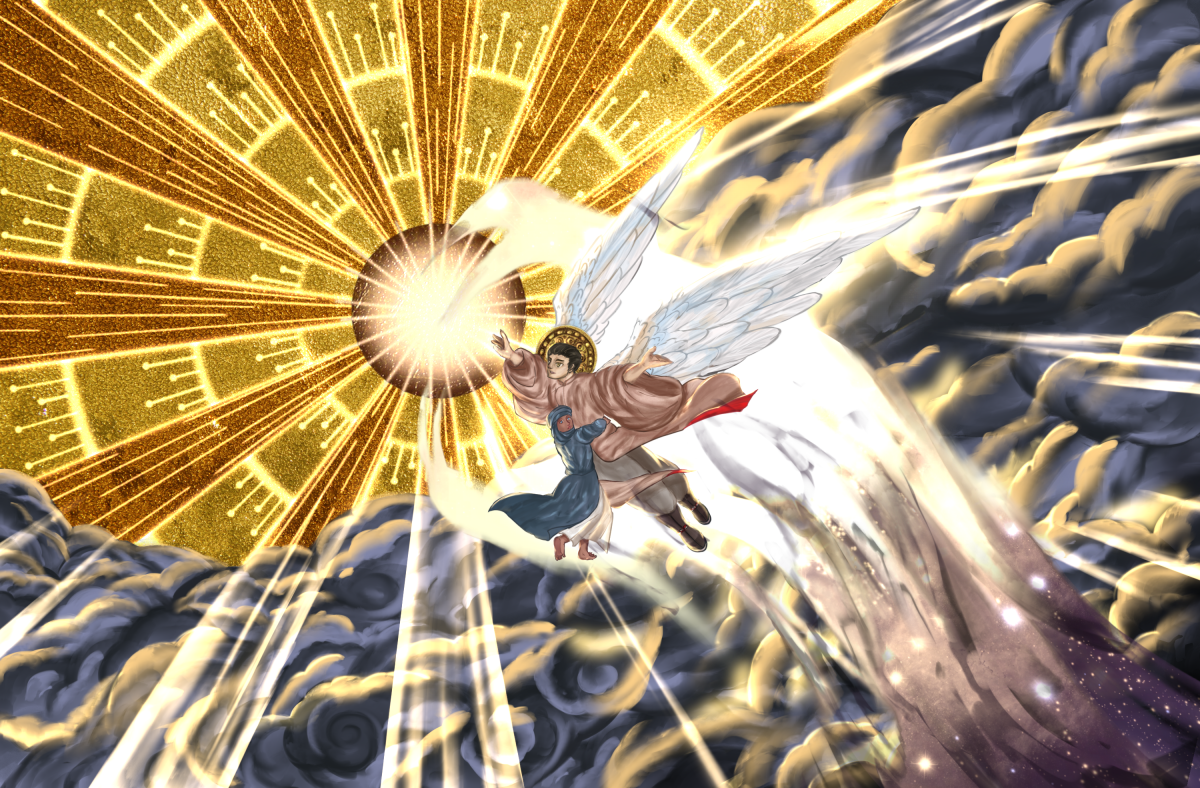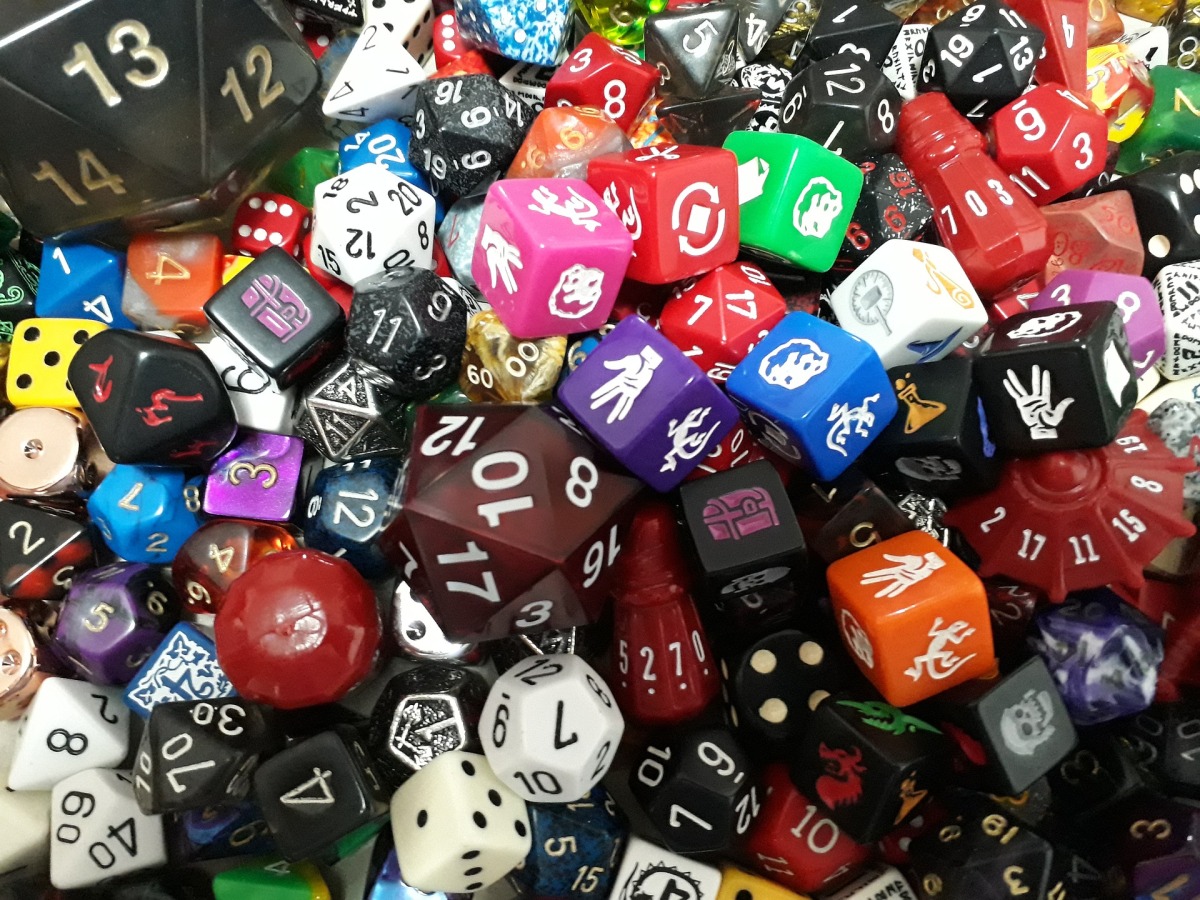[Image: ‘Night brings the sun’ by Jen]
I’ve been running an Exalted 2E game for about 2 years, in which time we’ve managed 14 sessions.
A recent session included the culmination of several plot lines and resulted in a large battle between the PCs, who were leading a militia of a few hundred hastily trained refugees, and a force of spider-like beastmen created by a sorcerous second-circle demon. The beastment were led by terrestrial exalted who were bound to love and serve the demon by mind-bending sorcery. However, the beastmen were only distraction from the army of war ghosts marching up from a nearby shadowland to overrun the refugee township the PCs were defending.
The fight with the beastmen took a hard toll on the PCs, with most of them drained of essence and suffering a few injuries, but one PC (a night caste martial artist) was crippled in the fight. As they were assessing the outcome of their narrow victory over the beastmen, the PCs became aware of the army of ghosts marching from another direction.
As the army of ghosts approached, the PCs – having recently gained access to a salt mine – tried to build a salt line around the village, but realised they wouldn’t have enough to do so, so instead they built a defensive salt line between the village and the army, planning to use some of their various travel charms and magic to encircle the army of ghosts with salt once they drew closer, and then just wait for the sun to rise.
They didn’t consider that the demon would be leading the ghostly army, and one casting of Magma Kraken (a powerful spell that summons tentacles of molten rock from the ground to fight) was able to disrupt their defensive salt line and gave the PCs the problem of dealing with the tentacles before they did any real damage.
This was when the crippled night caste decided to act.
Previously, the night caste had been having troubled dreams, which had led to learning the first few charms of the Quicksilver Hand of Dreaming martial arts style.
For those unfamiliar, the first couple of charms of this style include the ability to give people specific visions or dreams, and then another charm lets you pull those dreams out of people’s heads and manifest them in the real world. The night caste had not, up to this point, really explored the possibilities of this combo.
Realising the likelihood of defeat at the hand of the ghosts, which would mean a terrible end for the village and its 5000 occupants, the Night Caste PC gave a stirring speech in which he called for a volunteer willing to give their life in defence of their home and family.
Then, using an ancient artifact (Wings of the Raptor… a magic cloak turns into giant wings), the night caste flew high into the midnight sky, and with their last remaining essence used a combo of Martial Arts charms charms to give the person a waking dream of the rising sun that burns away the undead.
Then, knowing full well what it would mean to touch the surface of the sun, he plucked out that dream, letting the sun shine brightly for a fraction of a second before it incinerated both the character and his volunteer, but also destroying the entire army of ghosts in a blinding flash.
Between the player first proposing the idea and the final execution, we had a bit of discussion about the implications of the action and the ultimate finality of attempting to hold the sun in the palm of your hand. After considering some alternatives, the player decided to commit to it and we played out the final moment which brought a quick end end to the character and the battle. To background this event, we used the soundtrack from Sunshine: https://www.youtube.com/watch?v=q_b6C0PHXkQ
The final serendipity of the moment was the fact that the group had only just recently learned of the fate of the character’s first age incarnation, who had similarly died when a solar circle spell he had been casting to slay a horde of demons had been disrupted, and he similarly exploded, taking many of the demons with him, but ultimately killing himself and a circle-mate.
Heroic sacrifices are rare moments in roleplaying games – and need to be rare moments in order to maintain the weight and impact of the decision by the character/player – but when they come up in an appropriate moment it can be a real highlight to a game session, and even a whole campaign.
This moment was a great example of the collaborative storytelling of roleplaying, and one of many examples of why I love this hobby.


